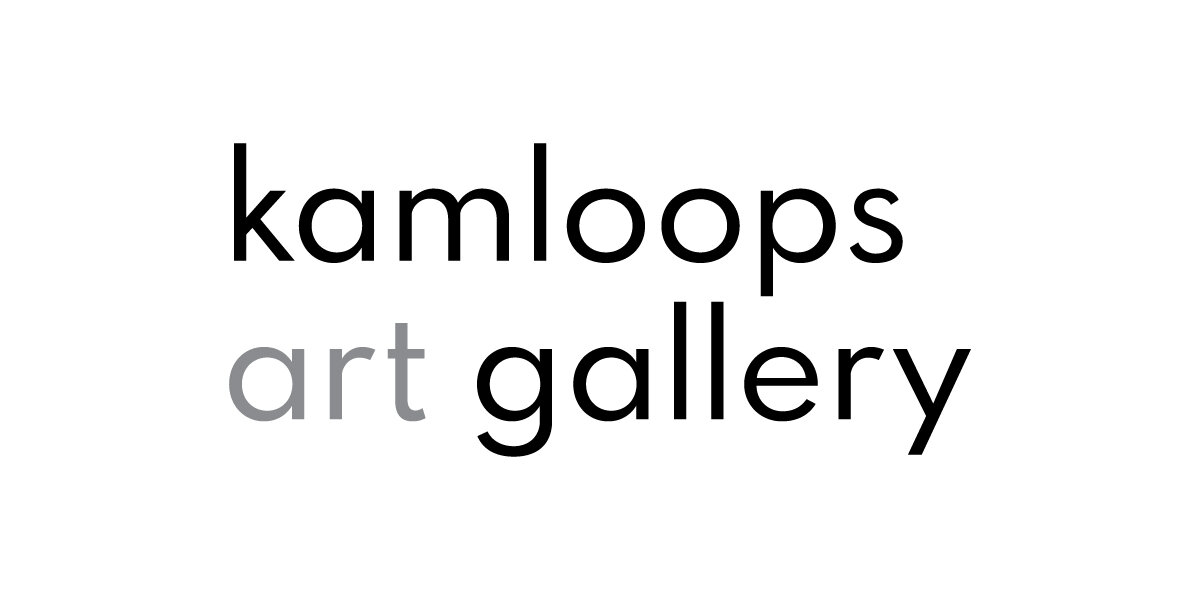Foil Pan Sea Monster Etchings
SCHOOL PROGRAM LESSON PLAN – K to 3
Foil Pan Sea Monster Etchings
Final Project Description:
Incised foil pans depicting sea monsters of student’s own design. Students can work into their image with coloured permanent markers.
Description:
Students will learn about Early European prints by referencing works from Beautiful Monsters. They will be introduced to the concept of etching and we will make a parallel between metal plate etching techniques and what we’ll be doing with tin pie plates. Using sea monsters as subject matter, students will work to fill the space of the plate after making preparatory sketches. Students can then tint their work with coloured permanent markers.
Theory:
Students will (taken from the BC Curriculum PLOs):
- create images using that feature colour, line and shape
- create 2 D images that represent ideas and concepts
- apply a variety of processes to create images
- use the principle of pattern
- describe various purposes of visual art
Creation & Analysis:
Review Mantegna’s Battle of the Sea Gods print and the Chief Henry Speck Sea Monster print.
Explain that early European explorers often depicted sea monsters as emblems of the unknown on maps. These creatures also represented various fears: the unknown, the uncharted, the “other” during a time of global exploration and voyages of discovery to lands previously unvisited by Europeans. This was long before air travel and awareness of the people and practices of other countries, when explorers travelled by ship and made drawings of what they saw (there were no cameras yet!). Mythological creatures like sea monsters could explain things like storms or bad luck – this was a time when the world was less scientifically understood. Old stories and myths helped to explain the world and how it worked.
In Kwakiutl culture, an undersea world is described that is very similar to the world above water. This world was inhabited by fish and sea mammals and various sea monsters. These powerful beings were enormous and caused the rise and fall of tides and currents to flow. An important difference between European sea monsters and Kwakiutl sea monsters is that creatures from Northwest Coast stories are not really “monsters” in the way European culture thinks of them. There is a relationship established between these creatures and people through story that creates an awareness of these beings. They are less about “the unknown” and more integrated into family histories and cultural practice. They are perhaps less “feared”, while still being fearsome.
Both artistic approaches have familiar elements like fins, claws and teeth. Other elements are more fantastic. We will make a sea creature with half of it based on a creature we’re familiar with, and half based on bizarre designs we come up with.
Use sketch paper to practice a design and combine elements of various undersea animals we know about. Brainstorm a number of fantastic ocean animals and their characteristics and shapes. Show students how to fill in all the space and use space creatively.
Students can transfer their designs onto the soft tin surface with clay tools to create lines like incising into copper. Try to have them draw their design again freehand, without tracing using the sketch as reference. You can have them try on a piece of tin foil first to get a feel for how the tin takes a line and how hard to press to make images. Explain that this builds their drawing skills. Review this process and how artists like Durer would have worked. Once their image is satisfactory, have students fill areas in with coloured permanent marker to tint their piece. Review texture and different techniques for creating interesting lines and patterns.
Review – what did they learn? What were they surprised by? Can they tell a story about their sea monster? Does it represent a fear they have or a relationship? Spend some time looking at each others work and discussing.
Duration:
60 minutes in the studio – 10 mins on approach, 10 mins on sketch, 20 mins drawing, 10 mins colouring works, 5 mins for wrap up and discussion or look at other’s work to end class.
Materials:
Sketch paper
Pencils
Erasers
Clay tools, tools for incising
Tin foil
Tin pie plates
Coloured permanent markers
Scissors
Look & Discuss:
Relate the activity back to the works in the exhibition. Does this activity help students understand Early European and Northwest Coast prints better? Do they understand the important role monsters play in culture(s)? Do they have an understanding of print processes?
Prep:
-Have scrap paper out with pencils and erasers
-Have examples of sea monsters for reference
-Use the blackboard to brainstorm sea creatures to base features on
-Have tin foil ready for practicing too
-Have a variety of mark making clay tools out for incising or use retractable pen heads
-Set out coloured markers for tinting
-Use scissors to cut rim off pie plate if desired.
Take it further:
Ask students to look at each other’s work at the end of class to see how other students approached their project. How are they similar? How are they different? How has this activity made them consider their surroundings? What kinds of things do artists pay attention to and why might they do this? Ask some prompting questions and get kids to share their ideas. What did they learn about prints they didn’t know before?
